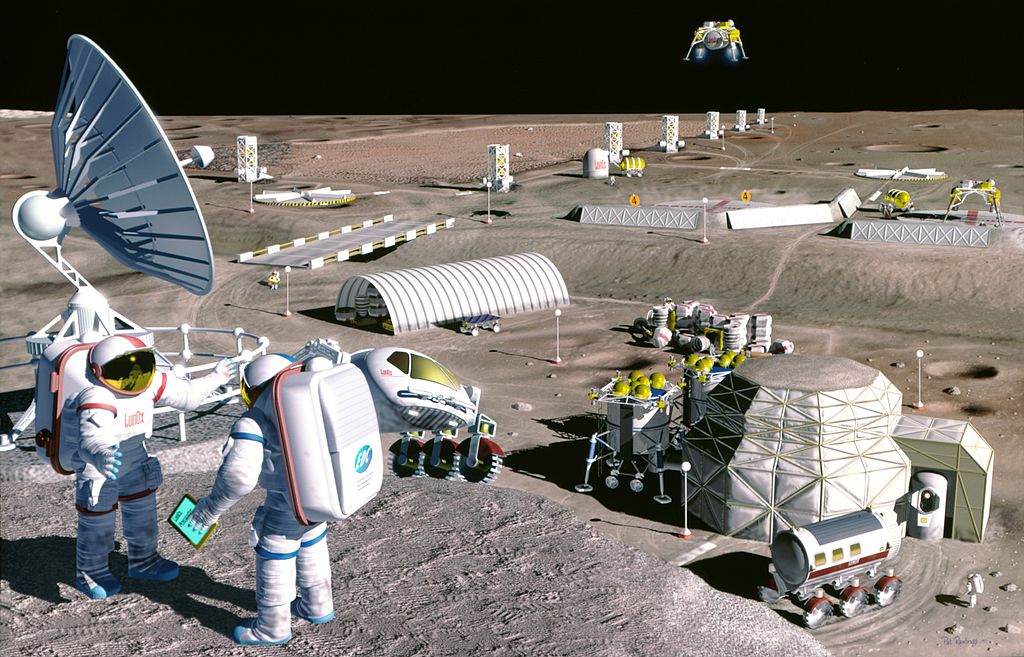New Technology with New Effects
Disruptive technologies are not those we find in science fiction novels. Real disruptive technologies are able to meet the needs of mainstream markets, scale up to them, and displace incumbents. According to case studies about disruptive technology, they must be a new technology that has new effects that often introduce a new standard for performance and price improvement compared with existing technology.
For example, a recent study of the driverless car industry noted that the average expense of owning a car in the United States is $10,000 a year. Driverless cars are expected to cut the number of cars needed by the general population by 80%. Just 20% of the current automobiles will meet the needs of nearly everyone. And the expense of using driverless transport services will be just $1,000 per year. When a technology costs just 1/10th of the current technology and provides a product or service that is needed, people will generally flock to the new technology, and that is what is expected with driverless cars.
In a paper, “Demystifying Disruption: A New Model for Understanding
and Predicting Disruptive Technologies” by the Marketing Science Institute explains how disruptive technology can adversely affect existing firms.
How New Military Technology Provides Strategic Advantage
Military disruptive technology provides improvements in tactical, operational, and strategic activities. One recent notable example is the emergence of autonomous military aircraft, ships, boats, microwave, and anti-ballistic laser systems and more.
The following video features Professor Clayton Christensen, Professor of Business Administration at the Harvard Business School, who is a global leader and expert in innovation and growth research.







